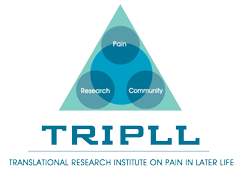Risk of fractures in older adults with chronic non-cancer pain…
Patricia Kim2021-07-02T10:11:12-04:00Risk of fractures in older adults with chronic non-cancer pain receiving concurrent benzodiazepines and opioids: A nested case–control study. Objective: The aim of this study was to investigate the relationship between the concurrent use of benzodiazepines and opioids and the risk of fractures in older patients with chronic non-cancer pain. Methods: Patients with osteoarthritis or low back pain (≥ 65 years of age) included in the Korean National Health Insurance Service–National Sample Cohort database of Korea and with an incident diagnosis of hip, humeral, or forearm fracture between 2011 and 2015 were identified as cases. For each case, four controls were matched [...]
